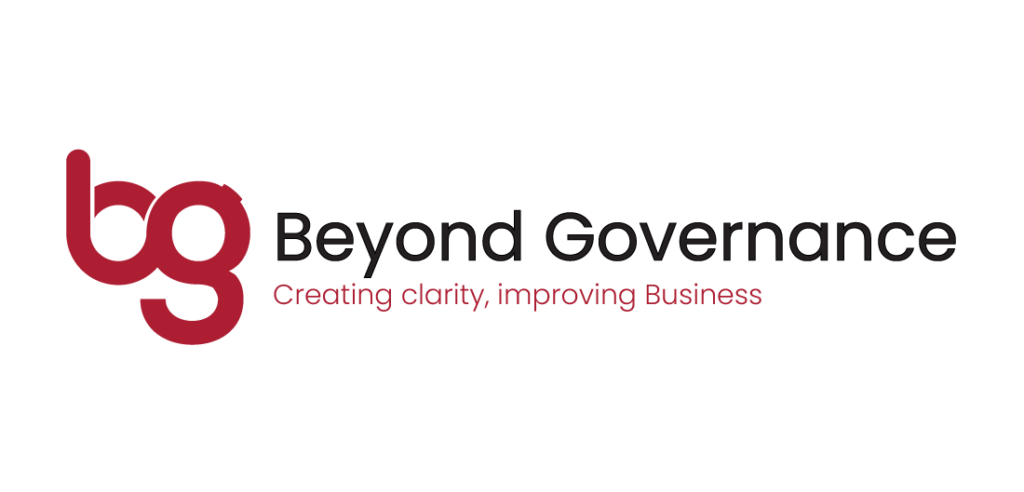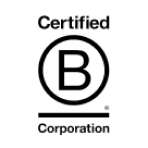Introduction
Transformation of The Kingdom of Saudi Arabia
Saudi Arabia’s Vision 2030 is a strategic framework designed to reduce the country’s dependence on oil, diversify its economy, and develop public service sectors such as health, education, infrastructure, recreation, and tourism.
Launched in April 2016 by Crown Prince Mohammed bin Salman, Vision 2030 is organized around three main themes:
- A Vibrant Society: This aims to strengthen the fabric of Saudi society, enhance the quality of life, and preserve the national identity, with a focus on public health, education, and cultural and entertainment experiences.
- A Thriving Economy: This theme is aimed at providing opportunities for all by building an economy that is productive, sustainable, and diversified. This includes increasing the private sector’s contribution, attracting international investment, increasing the efficiency and responsibility of government entities, and creating a broader and more inclusive job market.
- An Ambitious Nation: This involves effectively using the country’s strategic location to build its role as an integral driver of international trade and to connect the three continents of Africa, Asia, and Europe.
- Key targets of Vision 2030 include increasing non-oil government revenue, increasing the private sector’s contribution from 40% to 65% of GDP, raising the share of non-oil exports in non-oil GDP from 16% to 50%, and increasing women’s participation in the workforce.
Vision 2030 also plans for the establishment of a massive new economic zone in the North-West of the country, known as NEOM, and the privatization of numerous government sectors, including Saudi Aramco, the world’s largest oil company.
The World-Travel and Tourism Council reported that Saudia Arabia had the fastest growing tourism sector in the Middle East and by 2025 would get 40% more international visitors than nearby Dubai.
Saudi Arabia has been actively improving corporate governance regulations to diversify its economy and attract more foreign investment, which aligns with its Vision 2030 initiative.
The Council of Ministers has entrusted the Council of Economic and Development Affairs (CEDA) with the task of establishing the mechanisms and measures necessary to achieve Saudi Vision 2030. CEDA has developed a comprehensive governance model aimed at institutionalizing, enhancing its work, facilitating the coordination of efforts among relevant stakeholders and effectively following-up progress.
The Capital Market Authority (CMA) and the Saudi Arabian Monetary Authority (SAMA) have both been instrumental in this development. The CMA, for example, issued the Corporate Governance Regulations (CGR) in 2017 which applies to all companies listed on the Saudi Stock Exchange (Tadawul).
Key provisions in the CGR include requirements for most non-executive directors on the board, at least three independent directors, and the establishment of audit, nomination, and remuneration committees. The regulations also require gender diversity at the board level and lay out rules for risk management and internal controls.
The regulations are underpinned by principles such as shareholder rights, disclosure and transparency, board responsibilities, and integrity and ethical behaviour. Companies are required to disclose their compliance with these regulations in annual reports, and any non-compliance must be explained.
In addition to the CGR, the CMA also issued the “Code of Corporate Governance” in 2019, which is a set of guidelines intended to further enhance corporate governance practices in Saudi Arabia.
It is important to note that these regulations and efforts are still evolving.
Good Governance is crucial for attracting investment
Here are a few reasons why:
- Risk Reduction: Good governance helps to reduce risks associated with business operations. Investors are more likely to put their money into a business where they perceive less risk of fraud, mismanagement, or corporate failure.
- Increased Transparency: Good governance often means more transparency. Investors prefer businesses that are transparent because they are easier to evaluate and monitor.
- Stakeholder Confidence: Good governance can boost the confidence of various stakeholders, including shareholders, creditors, and employees. This confidence can translate into more investment, better credit terms, and a more motivated workforce.
- Regulatory Compliance: Good governance ensures that a company is compliant with local and international regulations. This compliance can protect the business from fines and other penalties that can hurt profitability.
- Long-term Sustainability: Companies with strong governance structures are often better at planning and executing long-term strategies, which can make them more attractive to investors who are looking for sustained returns.
- Improved Performance: Many studies have shown a positive correlation between good corporate governance and company performance. Better performance can attract more investment.
- Reputation: Good corporate governance can improve a company’s reputation, making it more attractive to investors. Companies known for their ethical practices and good governance can stand out in a crowded market.
It’s important to note that while good governance can help attract investment, it is just one of many factors that investors consider when deciding where to put their money. Factors such as market trends, economic conditions, and specific industry dynamics can also play significant roles in investment decisions.
A Global View:
Saudi Arabia could learn good governance practices from other standards and frameworks to attract the investment to achieve their Vision 2030.
While there isn’t a universally accepted “gold standard” for corporate governance that applies to every organization in every country, there are certain principles and practices that are widely accepted as best practices. These principles are often encapsulated in various national and international standards and frameworks. Some of the most influential ones include:
- OECD Principles of Corporate Governance: Developed by the Organisation for Economic Co-operation and Development, these principles are widely recognized as one of the most influential benchmarks for good corporate governance. They cover areas such as shareholder rights, the role of stakeholders, disclosure and transparency, and the responsibilities of the board.
- UK Corporate Governance Code: The UK Corporate Governance Code is a leading model of good governance principles. It is a principles-based approach, meaning that companies can apply the principles in a manner that best fits their own circumstances. Key themes include leadership, effectiveness, accountability, remuneration, and shareholder relations.
- Sarbanes-Oxley Act of 2002 (SOX): This U.S. law was enacted in response to high-profile corporate financial scandals and represents a significant shift in public company governance. SOX includes provisions to enhance corporate responsibility, financial disclosures, and combat corporate and accounting fraud.
- Corporate Governance Standards by International Finance Corporation (IFC): The IFC, a member of the World Bank Group, provides a Corporate Governance Methodology that offers a comprehensive approach for evaluating the corporate governance risks and opportunities of IFC investment clients.
- Integrated Reporting (<IR>) Framework: This framework, developed by the International Integrated Reporting Council (IIRC), advocates for a more cohesive approach to corporate reporting that demonstrates how organizations create value over time. It integrates both financial and non-financial data for a holistic view of a company’s performance.
Remember, what constitutes best practice in corporate governance can depend on the specific legal and regulatory environment, as well as cultural and economic circumstances of a given country. The above models provide general guidelines that each country and corporation can adapt according to their unique contexts.
Conclusion
The Vision 2030 for Saudi Arabia is a major transformation programme which involves a massive amount of investment. They can only achieve their vision by having good governance practices.
CEDA has developed a governance model aimed at enhancing its work, facilitating the coordination of effort among its stakeholders and having an effective follow-up process. It has also defined roles and responsibilities on who the decision makers are to achieve their Vision 2030. The structure is very similar to what you would see as a governance structure in a well-run company so they may have learned from other governance codes.




